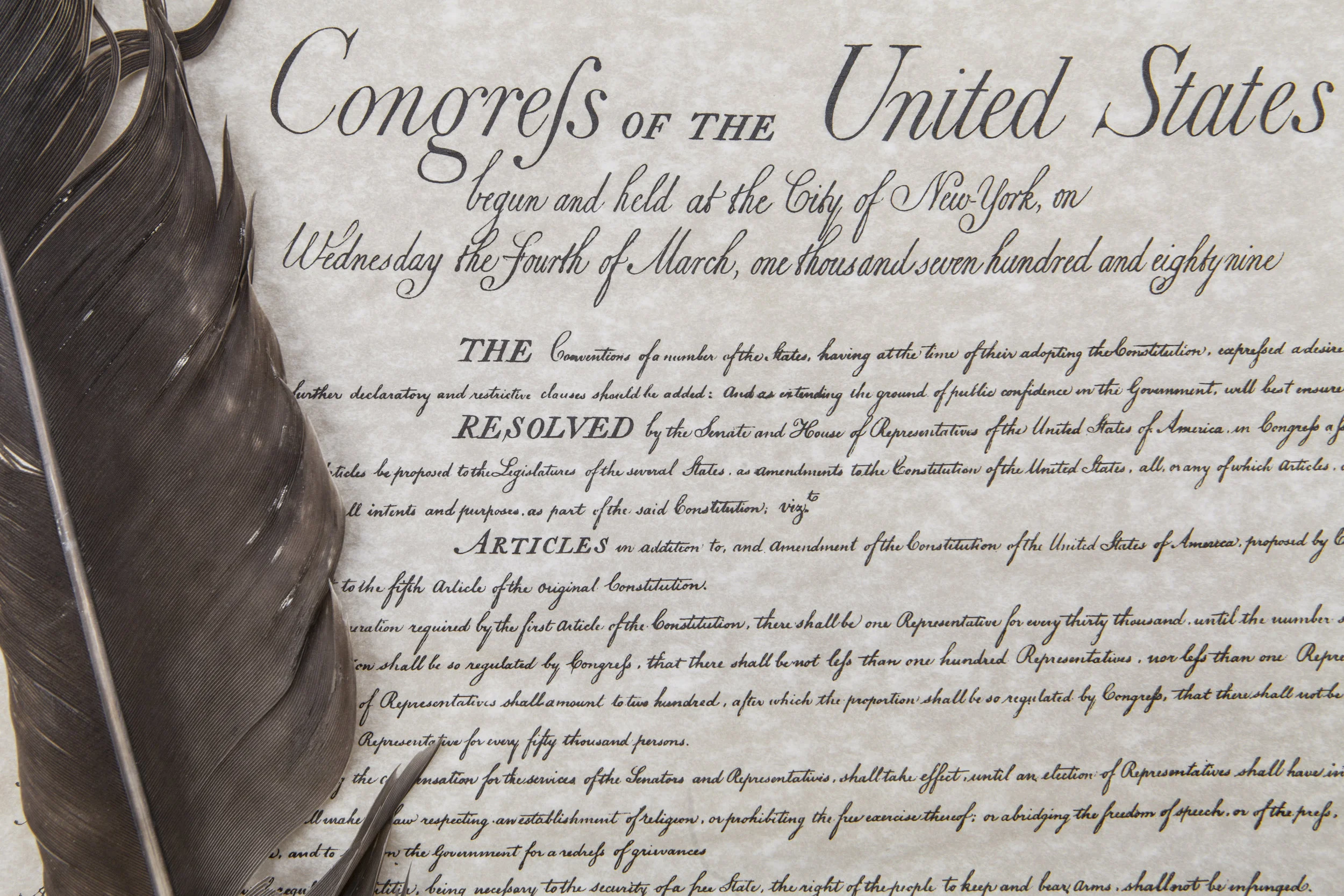In his review of Allan Lichtman’s The Embattled Vote in America: From the Founding to the Present (Harvard: 2018), James Morone wrote in the New York Times September 12, 2018, that this “important book emphasizes the Founders’ great blunder: They failed to enshrine a right to vote in the Constitution or the Bill of Rights.” As a result, Morone reports and Lichtman documents, “Each party gropes for advantage by fiddling with the franchise.”
Lichtman lists the “vital reforms” – he includes abolition of the electoral college, automatic voter registration, national election standards, less partisan voting districts. Morone adds limiting the power of the judiciary to strike down laws and proportional representation for congressional elections.
Neither Lichtman nor Morone, as far as I can tell, points out that the single biggest limitation on the right to vote is that neither party seeks the votes of more than 80% of the eligible populace when it comes to the choice of president. Either the Red or the Blue team concedes to the other a victory in at least 40 states. The unit or winner-take-all rule then allocates all electors to the party that won a plurality in a state basically simply by having its nominee appear on the ballot. This system plainly communicates to most people in the country that their vote does not matter in the choice of the most important political figure on the planet.
This message then discourages would-be voters from showing up. That in turn means that less “fiddling” is required to alter the outcomes of down-ballot races. A huge increase in turn-out everywhere in the country would make fairly small-scale shenanigans less impactful and as a result would minimize their occurrence. Certainly at the least, the “fiddling” would more often be drowned out by the clamor of millions more voting for president in every state, if only states would allocate their electors to the winner of the national vote instead of the winner of the state vote.

